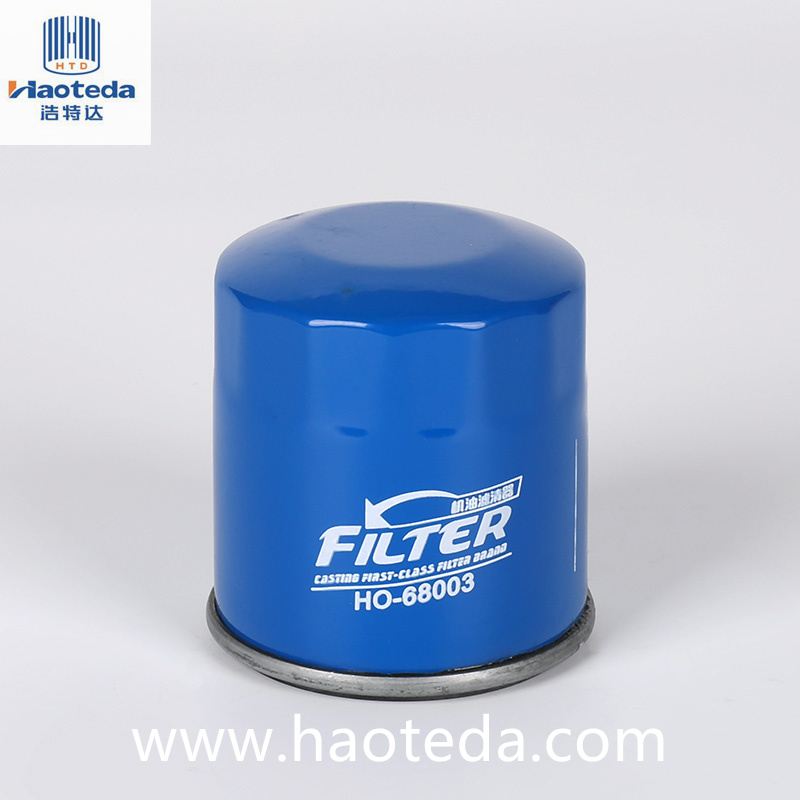When selecting a metal oil filter, one of the most crucial factors to consider is its maximum flow rate—the volume of oil it can process per minute without compromising filtration efficiency. This is especially important for engines or machines that operate in demanding environments, where high oil flow is necessary for cooling and lubrication. The filter's ability to maintain optimal performance despite these high flow rates can make a significant difference in engine longevity and operational reliability.
The key to understanding how a metal oil filter manages high flow rates lies in its design and construction. A well-engineered metal oil filter features a robust canister, typically made from durable materials that resist pressure and temperature fluctuations. This ensures the filter can withstand the stresses of high-flow applications. The base plate of the filter, perforated with holes, serves as an entry point for the oil, while the filter media inside traps contaminants. However, if the flow rate exceeds the filter’s design specifications, the oil may bypass the filtering media, resulting in unfiltered oil circulating through the engine, which defeats the purpose of using the filter in the first place.

To put it simply, the balance between filtration efficiency and flow rate is critical. If the flow rate is too high, the filter might struggle to capture all the dirt, debris, and particles that would otherwise damage sensitive engine components. This is why the filter's micron rating is also an important factor to consider—filters with finer micron ratings will tend to clog faster under high flow conditions, as they capture more contaminants. In contrast, filters designed to handle higher flow rates often feature coarser media or larger surface areas, allowing them to process larger volumes of oil without sacrificing filtration performance.
For those purchasing filters for heavy machinery or high-performance engines, it's essential to match the oil filter to the specific flow requirements of the engine. While the maximum flow rate is a critical factor, it’s also important to understand that a filter’s construction—such as the material of the gasket, the integrity of the base plate, and the design of the anti-drainback valve—can all influence its performance under pressure. These factors work together to ensure the filter can handle the oil flow while maintaining the integrity of the filtration process.
When looking for a metal oil filter that can handle high flow rates without losing filtration efficiency, it’s crucial to focus on a filter designed with both durability and performance in mind. The best filters are those that balance the need for high oil flow with the ability to trap contaminants effectively, preventing engine damage and maintaining operational efficiency even under the most demanding conditions. Whether you're dealing with automotive engines, heavy machinery, or industrial equipment, understanding the filter’s flow rate capabilities is key to ensuring a smooth and reliable operation.
 English
English
 English
English Español
Español Français
Français
 +86-139-6774-0263
+86-139-6774-0263









